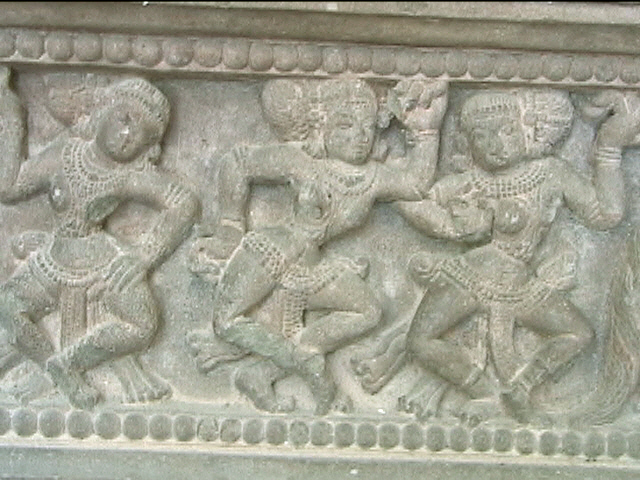We just learned about
Saint Helena, the mother of Constantine.
Another part of early Christianity is the
Church of the Nativity.
After the emperor Constantine became a Christian, he sent his mother Helena out on a trip called a pilgrimage to go and find some of the holy places from the history of the Bible.
She went to Bethlehem and found the place where Jesus was born.
After she found it, she set up a church there, and it has been there for over 1,600 years, since 327 AD.
In the church there is a spot on the ground where people believe Mary was when Jesus was born.
There is a 14 pointed star on the ground, with a circle hole in the middle.
The points on the star are for the history of Jesus' family from Abraham to David, David to when the Hebrews were captured in Babylon, and then from that time to Jesus.
Where the hole is in the middle is a stone that you can touch, that people believe is the actual stone from when Jesus was born.


![Church of the Nativity]()
(from: wikipedia -
church of the nativity)
Kid Facts - Blast from the past: Mark the Evangelist









